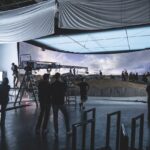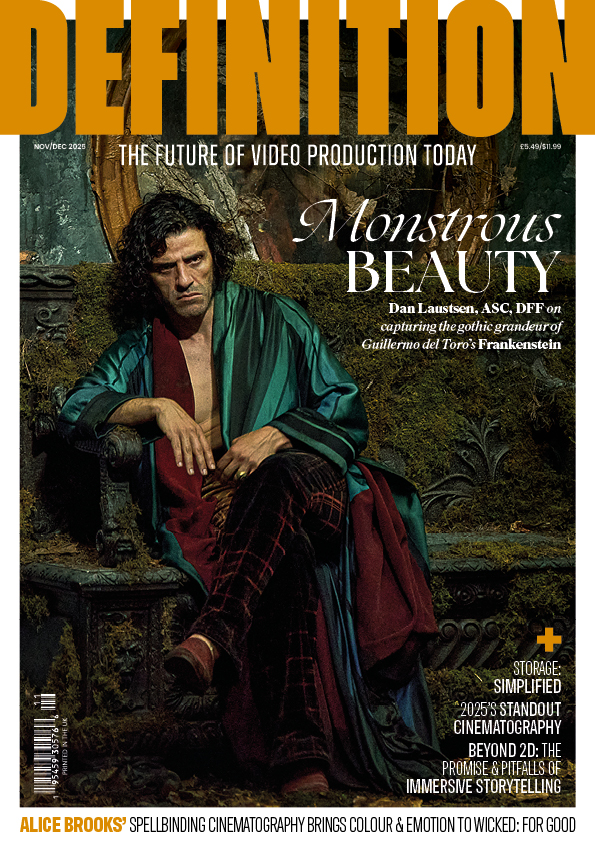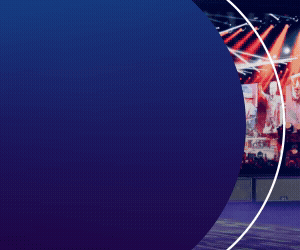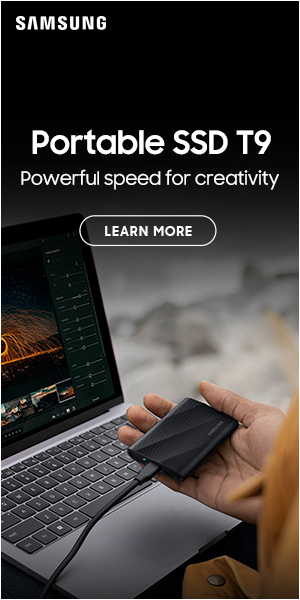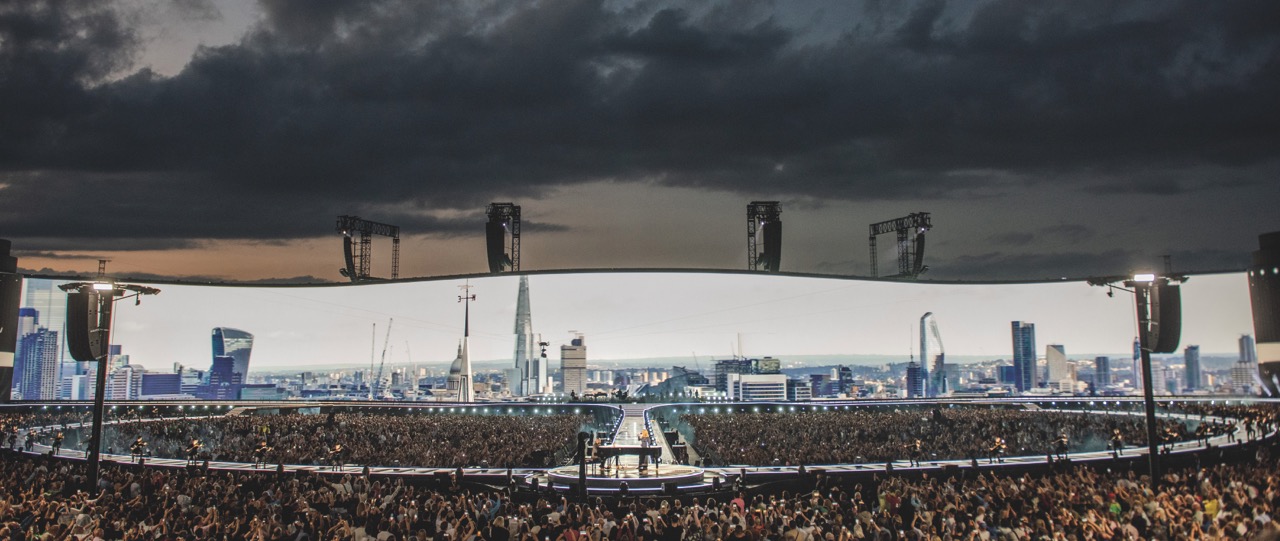
Turn up the sound with live music production
Posted on May 8, 2025 by Admin
We explore the top-end production tech that’s turning music performances into immersive experiences
Words Katie Kasperson | Top image STUFISH
Back in the day, live music was all about audio – it was a singer-songwriter alone on a stage or a band playing their top hits in front of an audience. But, like most forms of entertainment, it’s evolved, becoming as much a visual spectacle as a sonic one.
Today, live music means exquisite stage design, complementary video content, LEDs, projection – the whole nine yards. Camera operators move alongside the performers, capturing footage either to be displayed in real time or stored in archives. Background graphics also enhance the concert experience, while intercom systems ensure smooth operation.
We’re now in an age of ultimate sensory stimulation, and live music is no different, whether an artist prefers to keep shows low-key or is looking to break world records. Below, we dive into the creative and technical elements involved in the production of live performances, looking at four recent examples.
Sweet sensation
One of the biggest hits of 2024, Hozier’s Too Sweet has long surpassed the one billion Spotify streams mark. The track owes its popularity largely to TikTok, on which it went viral almost overnight amid the Irish artist’s Unreal Unearth tour, showcasing his third album.
“We came in one day and it was number one in the US,” recalls Mark Strange, senior project manager at Universal Pixels – the company behind the tour’s technical set-up. Though the tour began in 2023, Hozier’s sudden spike in streams ultimately had an impact on the stage design.
“We had a 2023/24 design; they were always going for a natural look, which included set pieces of trees,” describes Strange. “Technically, we were doing upstage LEDs and risers,” with panels supplied by ROE Visual. The team also employed Disguise servers and Panasonic cameras, which fed video content to the LED screen.
“The brief was that Hozier doesn’t like LEDs,” adds Phil Mercer, commercial director at Universal Pixels. “They put up a metallic gauze in front of all the LED surfaces to soften them, and that took on a structure of its own. The idea was to be projection-like rather than stark.”
According to Mercer, Hozier was relatively involved in the concert’s production, mostly contributing his ideas and thoughts on the overall aesthetic.
“It’s more collaborative than usual with younger artists,” he admits. “The themes in many of these songs are very earthy and organic.” They often reference nature and contemplate our relationship to it. “Although there’s a lot of technology on display, it’s all there to serve the music.”
Strange agrees: “It’s not ‘let’s turn our lights up as bright as possible and make this into a disco‘ – it’s all quite subtle.”
“He was never an insignificant artist,” says Mercer, but Hozier continues to be a star on the rise. As a result, “it’s taken on a life of its own, this tour,” he admits, as Unreal Unearth nears the two-year mark. “If you’re going that long off one album, you have to keep freshening up the show.” That’s what Universal Pixels is working on now. The tour is set to last through October 2025.
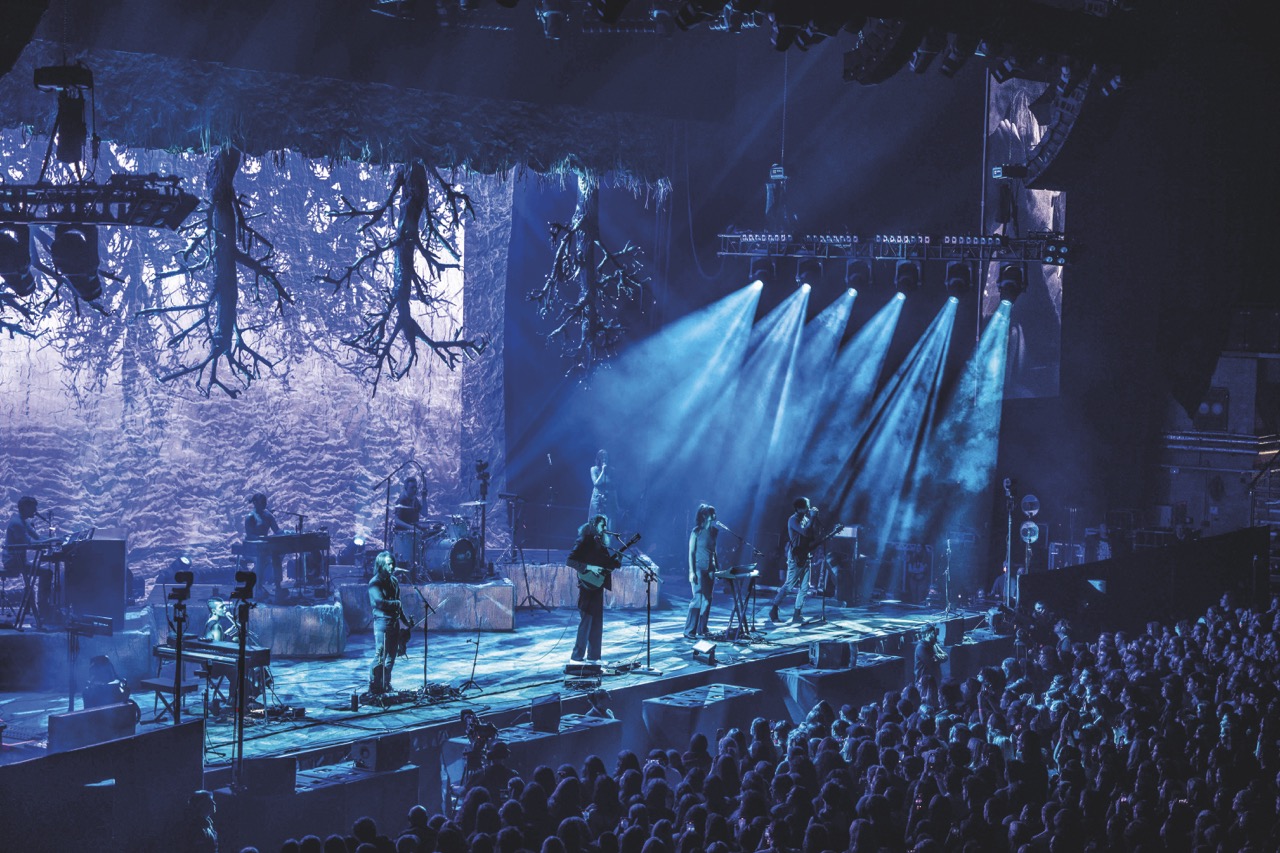
Turn(ing) tables
It’s no secret by now that Adele’s Munich residency broke world records. Performing in a purpose-built outdoor venue at Munich Messe, the British singer-songwriter and pop star delivered some of her greatest hits to an audience of over 700,000 across ten nights. But Adele wasn’t the only remarkable thing on stage; an enormous, curved LED wall behind her, comprised of ROE Visual CB5 Mk II panels, spanned 244x18m.
Setting a new Guinness World Record, the expansive LED screen consisted of 4625 individual panels – in both concave and convex configurations – at 6000-nit brightness, giving fans an unforgettable experience. The panels’ heat dissipation ensured their consistent performance throughout each outdoor concert (which included a fair amount of pyrotechnics too), while anti-reflective qualities meant the visuals looked good from any angle.
The wall displayed both live footage and pre-recorded content. Its extremely wide aspect ratio resembled a larger-than-life-sized film strip that far surpassed CinemaScope.
Of course, Adele’s residency also came with all the usual technical requirements, from media servers to audio mixers, loudspeakers and the like. To connect 230 crew members at any given time, the team used the Riedel Communications Artist 128 digital intercom network using AES67 audio networks. This system established clear communication between departments, enabling them to hit their cues – as well as guaranteeing the safety of everyone in attendance.
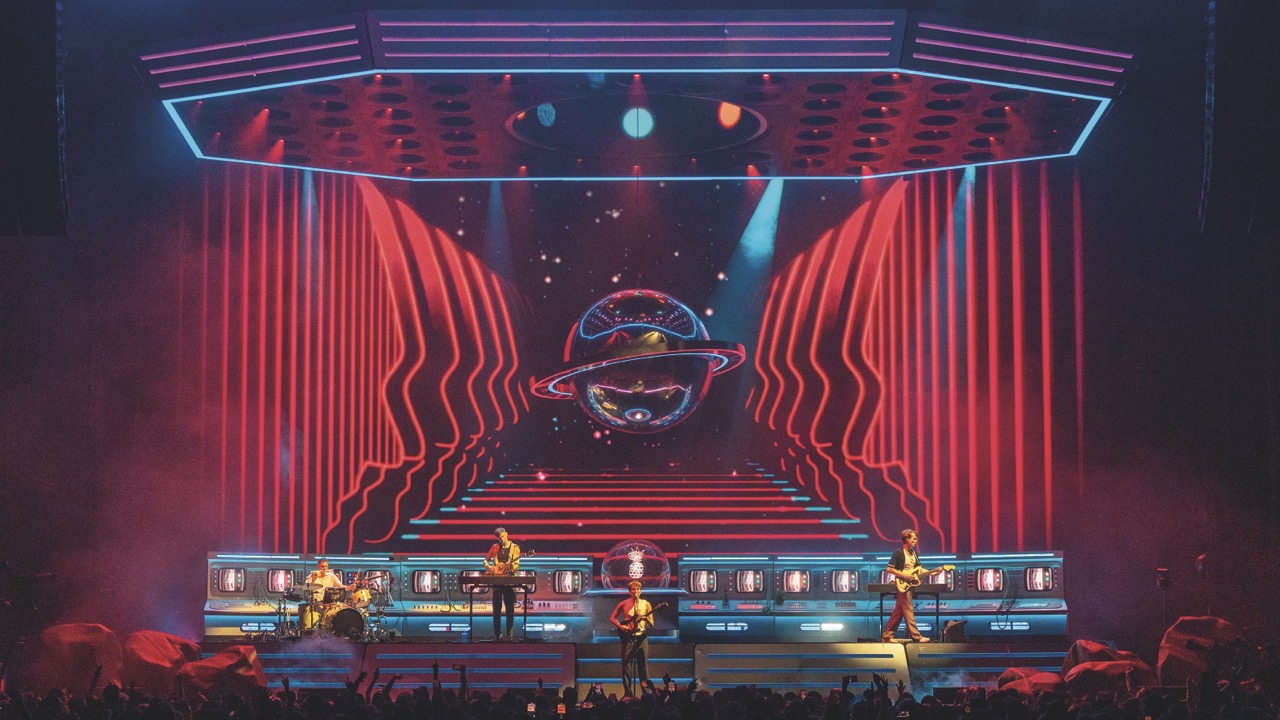
Breaking a sweat
While LED screens have become inseparable from live concerts, they’d be nothing without the powerful media servers and software working behind the scenes. For pop stars Charli XCX and Troye Sivan – who co-headlined the Sweat tour last summer – Rogue Productions and AV Stumpfl’s PIXERA ensured there was synchronisation between the music, live camera feeds, visuals and lighting, keeping pace with the duo’s high-energy performance.
Charli XCX and Sivan celebrated their albums BRAT and Something to Give Each Other, respectively, creating a cinematic design that combined live feeds with pre-rendered content. While the live footage was captured at 24fps to add motion blur, the pre-recorded videos played at 48fps, delivering a cleaner look. The visual styles were made possible by two Rogue servers in multi-session mode, powered by PIXERA.
The touring crew endured extensive rehearsals to ensure everything would run smoothly when it came time to take the stage. PIXERA’s timeline editing proved to be a game changer, allowing the team to adjust effects, correct colours and perfect timing in advance. During the tour, the media server solution boasted a minimal seven-frame latency from camera to LED screen – a delay essentially unrecognisable to audiences.
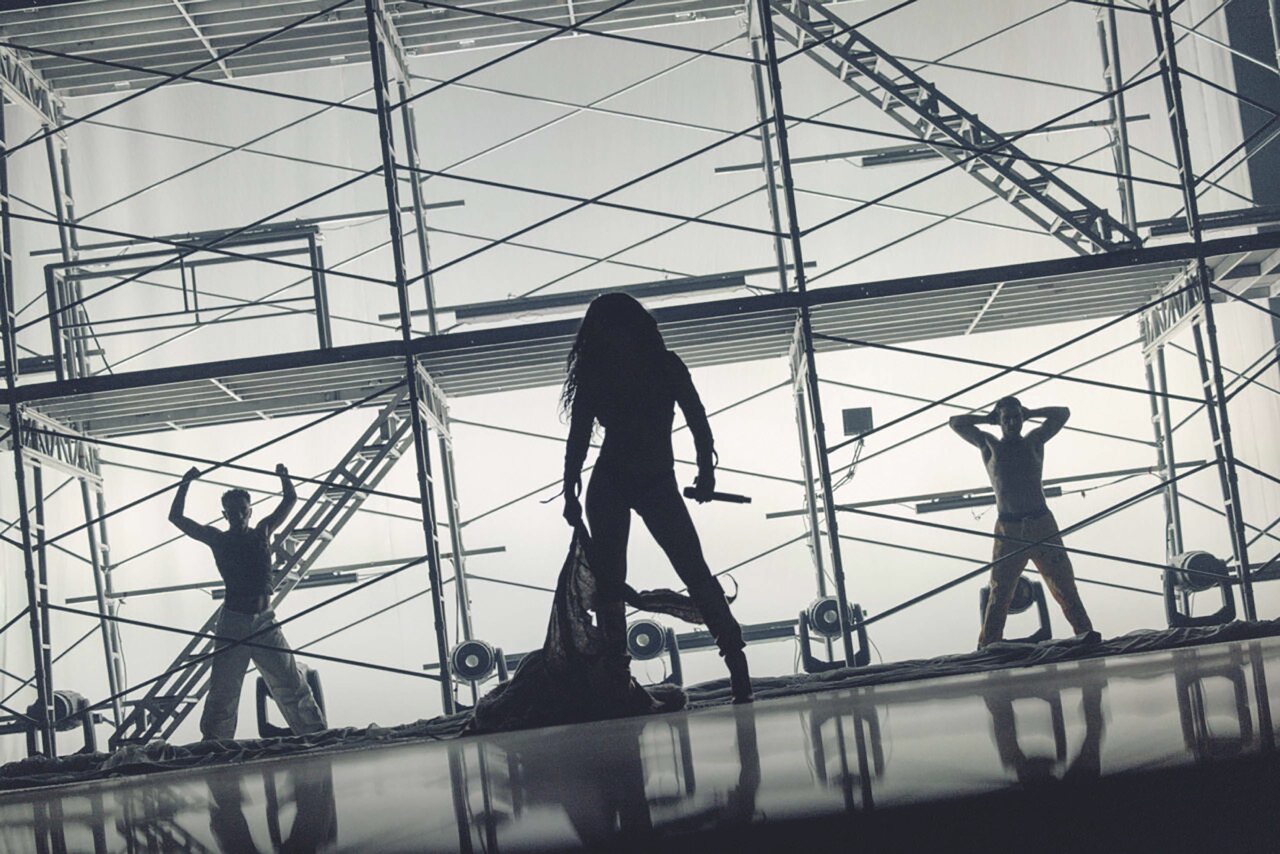
Slippin’ through dreamland
Experimental indie rock band Glass Animals first went viral with Heat Waves back in 2021. They have since enjoyed a successful global tour, playing in arenas and amphitheatres throughout Europe, North America and Australia. To match the group’s vibey audio-visual identity, video designer FRAY Studio used Disguise media servers to display a series of psychedelic clips and graphics.
The band’s Tour of Earth deployed 23 high-resolution video surfaces that ran simultaneously throughout each performance. These required both immense power and responsiveness, reacting to real-time cues and matching to the music. Since Glass Animals didn’t use any backing tracks – it was a truly live performance – the crew needed a system that could respond well to spontaneity and allow for last-minute adjustments without being disruptive.
Disguise’s GX 3 server was the tool that ultimately got the job done, guaranteeing a truly immersive concert experience by combining manual and automated operation. Tested during rehearsals, the server allowed the team to pre-programme large chunks of the show and split these into smaller segments, which made them easier to trigger at the relevant moment and keep up with the band’s creativity.
This story appears in the April 2025 issue of Definition


